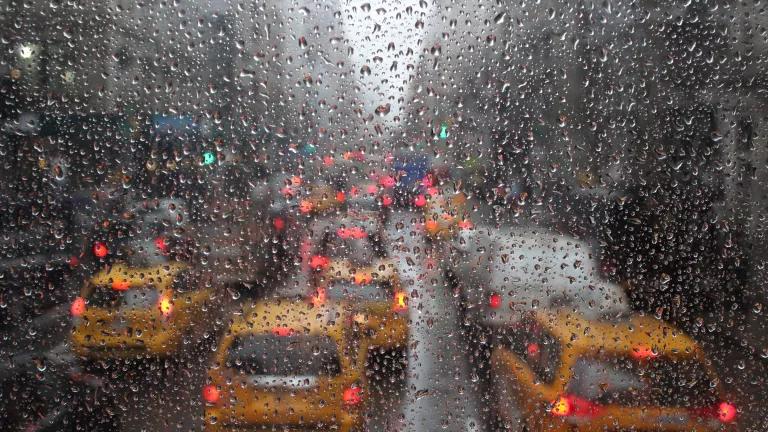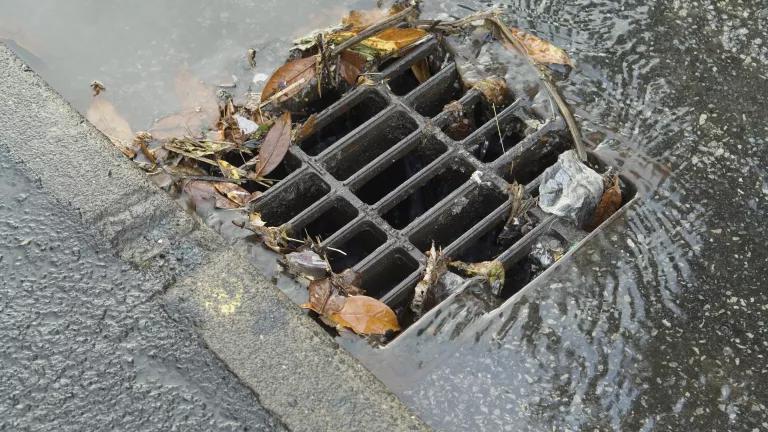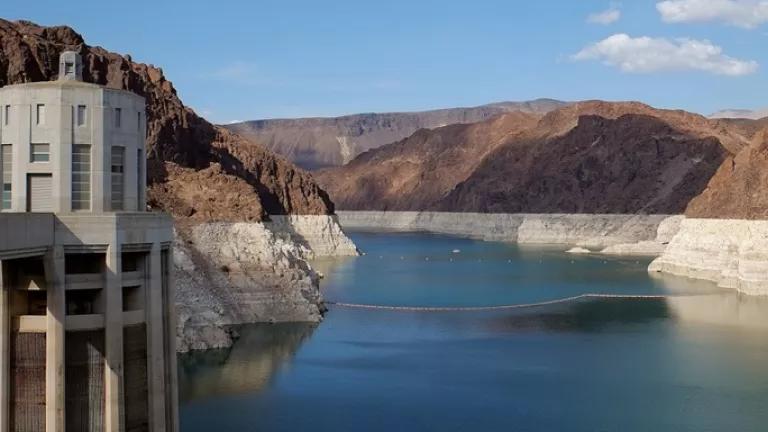Equitable Water Rates for New York City: Charging for Stormwater
An interactive tool and report, developed by Valor Water for NRDC and Riverkeeper, looks at the impacts of restructuring customers’ bills to help modernize the sewer system.

Like thousands of cities and towns across the United States, New York faces mounting costs to repair, maintain, and improve its water infrastructure. Among the most costly challenges involves modernizing the city’s sewer system and preventing stormwater runoff from flushing raw sewage and other pollution into waterways where people swim, fish, and boat. In neighborhoods with poor drainage infrastructure, excess stormwater runoff also creates local flooding. These challenges will only grow as climate change brings more rainfall to the Northeast.
For the city’s water and sewer customers, the high cost of solving these problems places upward pressure on water and sewer rates.
Unfortunately, the city’s current rate structure is becoming unable to sustainably generate the needed revenue to fix our infrastructure over the long term. The city currently charges for water, sewage, and stormwater on the basis of a customer’s potable water usage. This outdated approach does not treat customers fairly and equitably—instead placing too much of the responsibility on property owners who contribute little stormwater runoff into public sewers while giving the real culprits a free ride. It also fails to incentivize sustainable water management practices, such as green infrastructure that captures runoff before it can overwhelm local sewers.
This interactive tool and accompanying report, developed by Valor Water for NRDC and Riverkeeper, evaluates the impacts on customers of restructuring the city’s water rates to separate the charges for sanitary sewage—the wastewater from our sinks, toilets, and baths—and stormwater. Using publicly available data, the tool allows users to simulate various stormwater fee designs and models scenarios where the stormwater portion of the charge correlates with the amount of runoff a property generates. More than 1,600 communities in the United States use some version of that approach.
The interactive tool examines the equity implications of alternative stormwater fee designs by looking at how the total water, wastewater, and stormwater bill would change for customers falling into various land use categories, like residential and manufacturing. Key findings of the report include the following:
- A separate stormwater fee would generate revenue from nearly 100,000 properties that currently pay nothing even though they have large amounts of stormwater runoff.
- A separate stormwater fee can reduce costs for homeowners and owners of multifamily buildings.
- A stormwater fee would shift costs across many land use types, with the specific results varying depending on the details of fee design.
- These shifting costs will grow in magnitude over time, as the total cost of maintaining and improving the water and sewer system increases.
- The costs of managing roadway runoff—and decisions on how to allocate those costs—greatly affect customer bills.
Latest News & Resources

When It Rains, It Pours Raw Sewage into New York City’s Waterways

Green Infrastructure: How to Manage Water in a Sustainable Way

Making It Rain: Effective Stormwater Fees Can Create Jobs, Build Infrastructure, and Drive Investment in Local Communities





